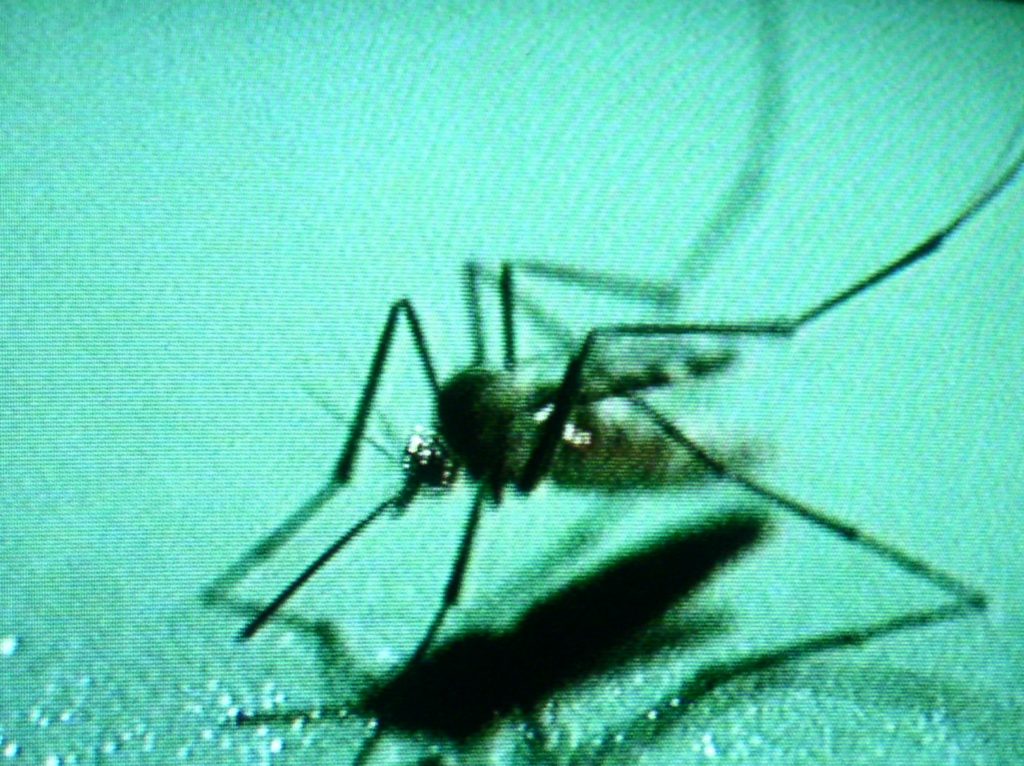In 2015, for the first time, cases of Zika virus infection emerged in the Americas and the Caribbean. In the past, Zika virus historically had been found in Africa, Southeast Asia and the Pacific Islands. The virus, named for its discovery in the Zika Forest in Uganda in 1947, poses an ongoing risk to employers and employees alike.
Experts and governmental officials are working on medical interventions and policies to help combat the spread of this virus. For now, the best thing you can do is educate yourself and your employees about Zika virus—how it’s transmitted, what health risks it poses and how to minimize the risk of spreading the virus.
Zika Virus Transmission
Zika virus is primarily spread through the bites of infected mosquitoes. Mosquitoes can become infected when they bite an infected person and can then spread the virus to other people they subsequently bite.
Zika virus has the potential to spread anywhere that mosquitoes capable of spreading this virus are found. Aedes species mosquitoes are a principal vector (i.e., carrier) of Zika virus in the United States. Aedes aegypti (commonly known as yellow fever mosquitoes) are typically concentrated in the southern United States as well as parts of the southwest.
Another vector for Zika virus is Aedes albopictus (commonly known as Asian Tiger mosquitoes), which are found in much of the southern and eastern part of the United States. Aedes mosquitoes can also carry other arboviruses, including dengue, yellow fever, chikungunya, Japanese encephalitis and West Nile. The Centers for Disease Control and Prevention (CDC) provides information about surveillance of Aedes mosquitoes in the country.
Zika Virus Infection in Humans
Current evidence suggests that approximately 1 out of 5 infected people develop symptoms of Zika virus, usually beginning two to seven days after the bite of an infected mosquito. Symptoms are usually mild and can last two to seven days. The most common symptoms of Zika virus infection are fever, rash, joint pain and red or pink eyes. Other symptoms include myalgia (muscle pain) and headache. These symptoms are similar to those of dengue fever or chikungunya. Neurological and autoimmune complications are infrequent but have been described in outbreaks in Polynesia and, more recently, Brazil.
During the first week of infection, Zika virus can be detected in the blood and is capable of being spread from an infected person to a mosquito that feeds on that person. Infected mosquitoes can then spread the virus to other people through bites. In some instances, having direct contact with infectious blood or other bodily fluids (such as semen through sexual transmission) of an infected person may result in the transmission of the virus.
Zika virus can be spread from a pregnant woman to her fetus and has been linked to a serious birth defect of the developing fetus’ brain called microcephaly. Other problems have been detected among fetuses and infants infected with Zika virus before birth, such as absent or poorly developed brain structures, defects of the eye, hearing deficits and impaired growth. The CDC recommends special precautions for women who are or may become pregnant.
Control and Prevention
In Zika-affected areas, protect yourself and others from possible exposure by always taking steps to prevent mosquito bites. There is no vaccine to prevent Zika virus and there is no specific treatment for individuals who become infected.
Employers should train workers about their risk of exposure to Zika virus through mosquito bites and direct contact with infectious blood and other body fluids and how to protect themselves. Employers should also provide information about Zika virus infection, including modes of transmission and possible links to birth defects, to workers who are pregnant or may become pregnant or whose sexual partners are or may become pregnant.
Outdoor workers may be at the greatest risk of exposure to Zika virus. Some workers, including those working with insecticides to control mosquitoes and health care workers who may be exposed to contaminated blood or other potentially infectious materials from individuals infected with Zika virus, may require additional protections (e.g., certain types of personal protective equipment (PPE)). Employers must comply with universal precautions for potential bloodborne pathogen (BBP) exposures, as described in OSHA’s BBP standard (29 CFR 1910.1030), and any applicable requirements in OSHA’s PPE standards (29 CFR 1910 Subpart I), among other OSHA requirements.
Consult the CDC’s Zika website for the most up-to-date information to help employers implement effective worker protections.
General Guidance for Employers of Workers with Suspected or Confirmed Zika Infection
CDC advises individuals, including workers, infected with Zika virus to do the following:
- Get plenty of rest.
- Drink fluids to prevent dehydration.
- Take medicine such as acetaminophen to reduce fever and pain.
- Avoid taking aspirin, ibuprofen, naproxen or other non-steroidal anti-inflammatory drugs (NSAIDs) because of rare cases of bleeding occurring with flaviviruses and these medications.
- Talk to a health care provider before taking any medications, including prescriptions, for other medical conditions.
- To help prevent others from getting sick, avoid getting mosquito bites during the first week of infection. Wearing clothing that covers the skin and using insect repellents can help prevent mosquito bites.
- To help prevent transmission to partners via sexual contact, abstain from sexual activity or use condoms during sexual activity during and following infection. For specific recommendations to prevent sexual transmission, please visit the CDC’s Zika and Sexual Transmission website.
Employers should do the following:
- Ensure that supervisors and all potentially exposed workers are aware of the symptoms of Zika.
- Train workers to seek medical evaluation if they develop symptoms of Zika.
- Ensure that workers receive prompt and appropriate medical evaluation and follow-up after suspected exposure to Zika virus. If the exposure falls under OSHA’s BBP standard (29 CFR 1910.1030), employers must comply with medical evaluation and follow-up requirements in the standard. See 29 CFR 1910.1030(f).
- Consider options for granting sick leave during the infectious period. The CDC describes steps employers and employees can take to protect others during the first week of Zika virus illness.
Paragraph 11(c) of the OSH Act, 29 USC 660(c), prohibits employers from retaliating against workers for raising concerns about safety and health conditions. OSHA encourages workers who suffer such discrimination to submit a complaint to OSHA. Workers have 30 days from an alleged reprisal to file their complaints.
Further Resources
Zika virus is a new threat to companies and workers in the United States, which means that new information will be forthcoming. Trust your advisors at Tanner, Ballew and Maloof, Inc. to help you stay up to date and informed on the latest information on Zika, and to keep you and your company safe.



